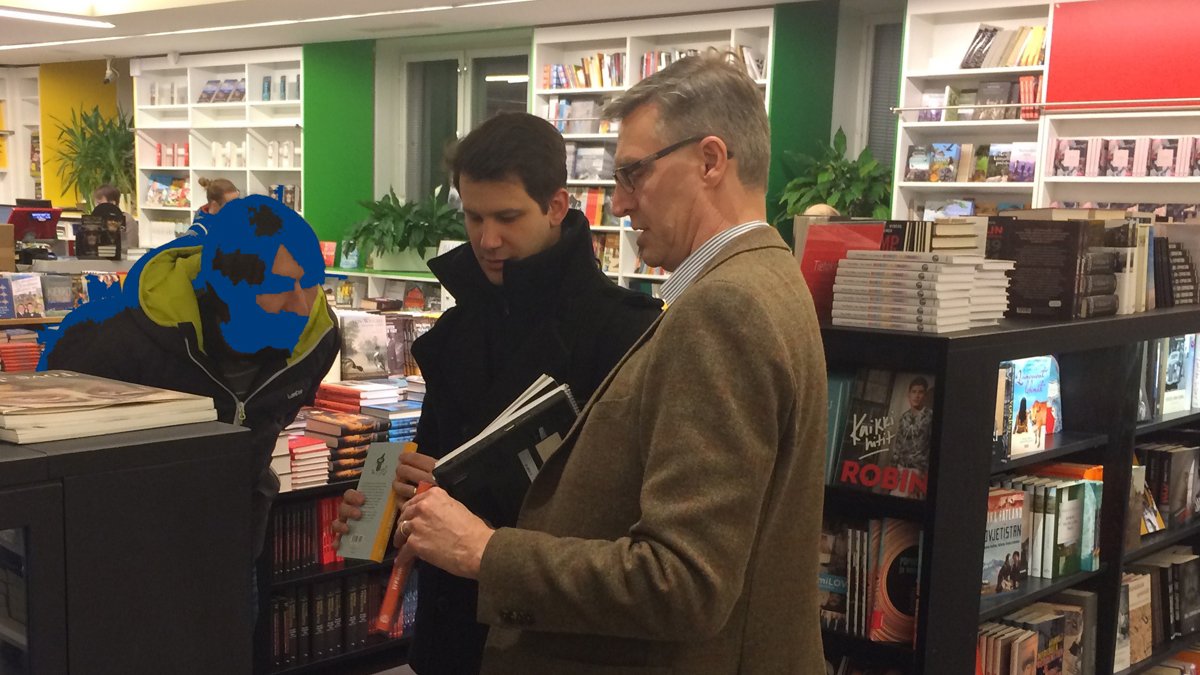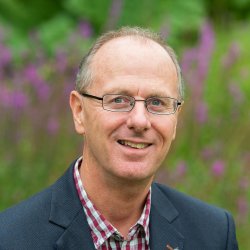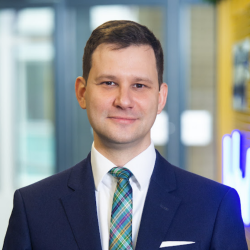Next Generation Paper: Research and Development Trip to Finland
Next Generation Paper team members Prof David Frohlich, Dr Radu Sporea, and Brice Le Borgne met with a very warm welcome from our Finnish partners in a packed few days of design, research and development, culture, history and nature.

The Next Generation Paper project has several Finnish partners: VTT in Oulu, Lapland, a lab famous for flexible electronics; Ifolor, who will produce, print and bind our photo book; and Otava, an educational publisher keen to pursue the educational applications of augmented books.
Why Finland? "It’s a nation of readers" explains David, "possibly because it’s also a world leader for forestry products like paper, and for book publication." With an educational system that is arguably the best in the world, books play a very strong role in Finnish culture. The link between Surrey and Finland began with an EU cost network on ‘New Possibilities for Print and Packaging: Combining Print and Digital’ led by Anu Seisto of VTT. The final conference for this network saw an exhibition of new paper prototypes – among them, a photo book with sound. Next Generation Paper is a collaboration born out of this.
The team visited the Oulu Museum of Art for some inspiration and insight into Finnish design and innovation through an exhibition called Hype. They also got first hand lab demonstrations of the combination of automation and human participation on a production line in the print sector. "At VTT, it was exciting to see the different facilities for embedding electronics in paper and plastic. At Ifolor, they showed us how photobooks are made." It’s a symbiosis between traditional techniques and materials like wood, with up to the minute print innovations.
The team came home with a better understanding of the business issues the Next Generation Paper project faces, and its tech challenges too, a closer relationship with our partners, and clearer agreements on how we can help each other both now, and beyond the end of the project.
By June 2018 we aim to have created the hardware and demonstrator for our first augmented guidebook, with capability for producing personal photo books by the following June.
Ultimately, it’s the relationship between storytelling, multimedia images, and sound that intrigues us, and inspires us to create a ‘media-rich’ object and artefact that taps into cutting-edge research across many sectors.

